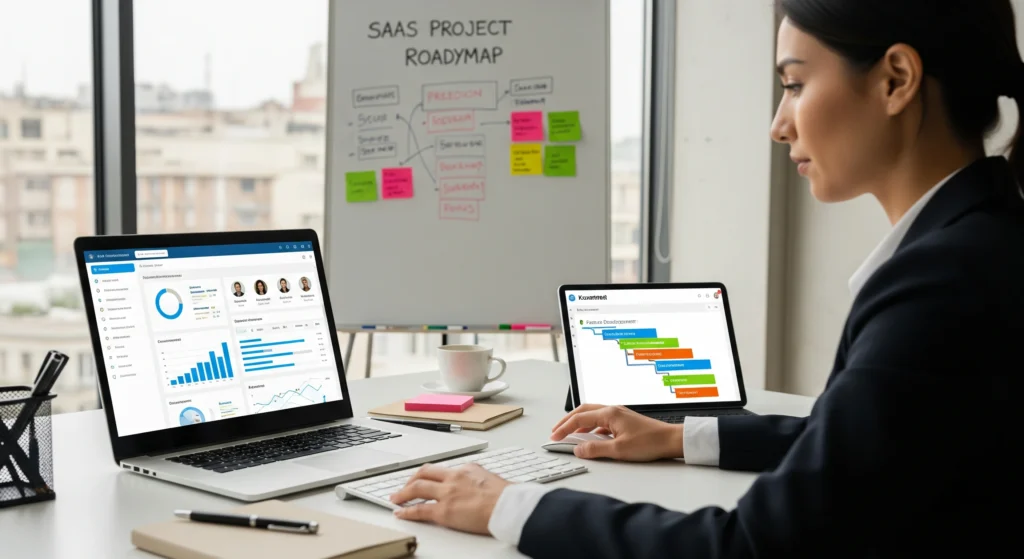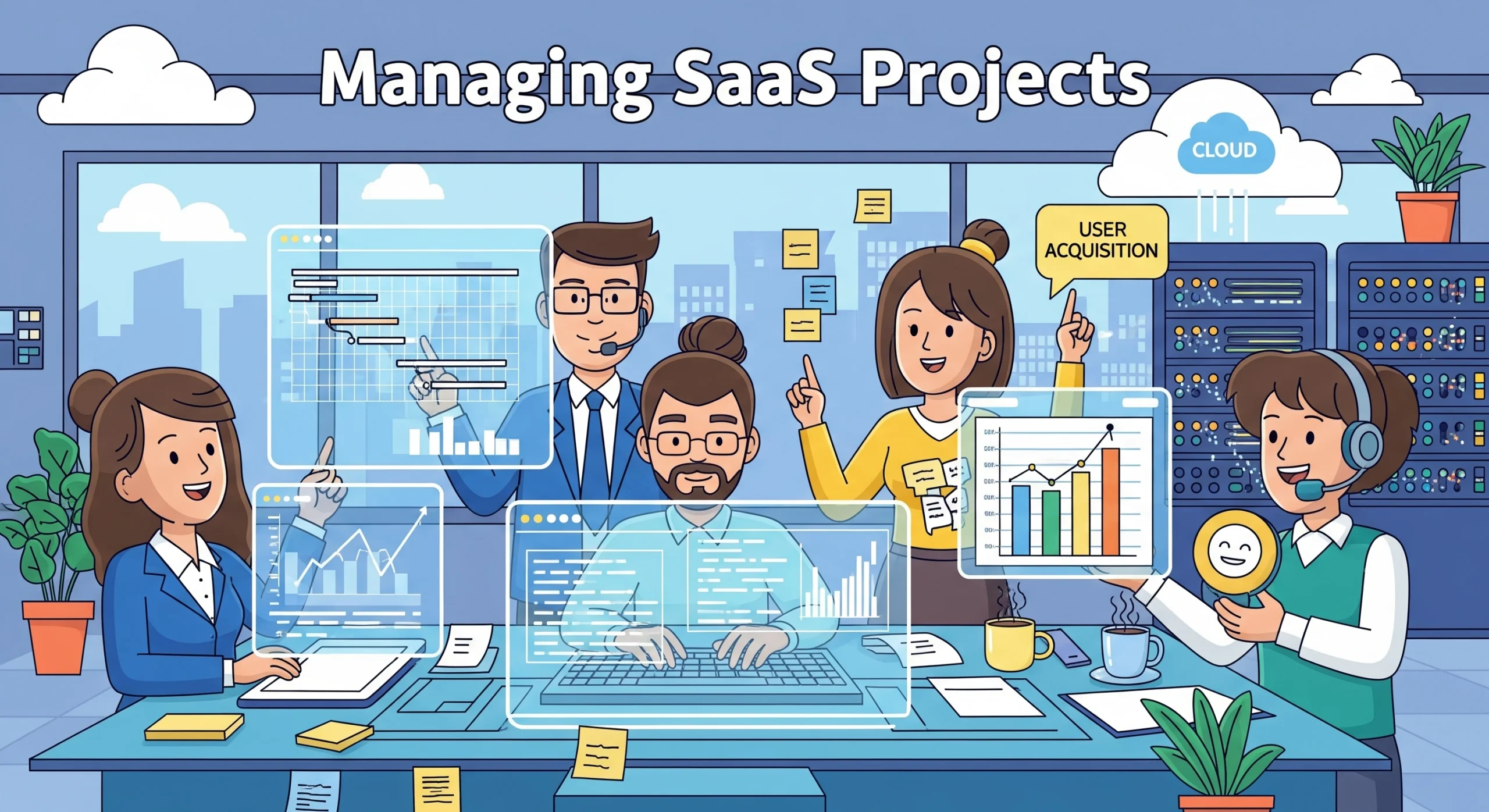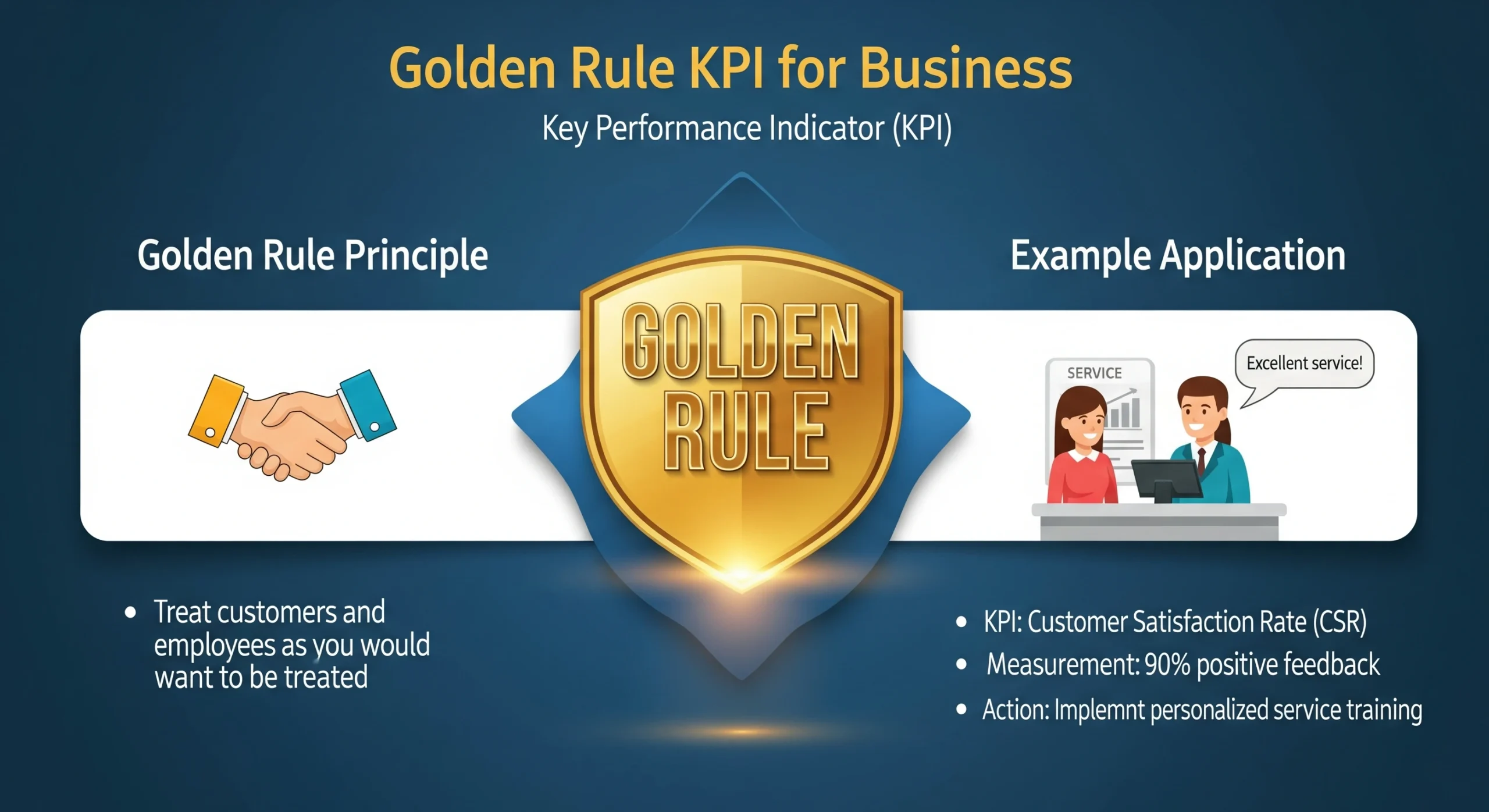Managing SaaS (Software as a Service) projects involves overseeing the planning, development, deployment, and continuous improvement of cloud-based software delivered through subscription models. Unlike traditional software management, SaaS emphasizes scalability, frequent updates, and user-driven iteration to ensure seamless performance across diverse technology stacks.
Managing saas Projects
Effective SaaS project management aligns software delivery with business goals such as faster time-to-market, cost efficiency, and strong user adoption. It typically includes three key phases—development (building the product), implementation (rolling it out to users), and operations (monitoring and optimizing performance).

With the rise of AI-driven automation and hybrid work models, modern SaaS project management increasingly focuses on flexible implementation strategies that combine self-service onboarding with enterprise-level support—enhancing both operational efficiency and user engagement.
Core principles of SaaS project management
- Agile methodology: short development cycles, rapid releases, and iterative improvements.
- Cross-functional collaboration: integration of engineering, product, design, and QA teams.
- Customer feedback loops: driving updates and enhancements through real-world user data.
- Cloud-native infrastructure: leveraging CI/CD pipelines, automation, and real-time tracking tools.
Key challenges often involve choosing the right tools amid a crowded market, ensuring smooth data migration and system integration, addressing organizational resistance to change, and maintaining security and compliance in multi-tenant environments.
SaaS Project Management Process
Managing a SaaS project involves a structured, iterative process that guides a product from concept to continuous improvement. It blends agile principles, strategic planning, and implementation best practices to ensure scalability, performance, and user adoption.
1. Discovery & Planning
- Define the product vision, goals, and KPIs, ensuring alignment with business objectives.
- Conduct market, competitor, and user research to validate the need and target audience.
- Map workflows, dependencies, risks, and timelines using Agile or hybrid models.
- Build a product roadmap and maintain a prioritized backlog.
- Set SMART objectives and success metrics (e.g., adoption rate, deployment time).
2. Design & Prototyping
- Create wireframes, mockups, and clickable prototypes to visualize functionality.
- Validate UX/UI designs with stakeholders and users.
- Refine based on feedback to ensure usability and scalability.
3. Development & Iteration
- Use Agile frameworks like Scrum or Kanban for short, incremental sprints.
- Implement CI/CD pipelines for automated builds, testing, and deployment.
- Conduct code reviews, integration tests, and performance checks early and frequently.
- Prioritize collaboration between cross-functional teams (engineering, product, QA, and design).
4. Testing & Quality Assurance
- Perform unit, integration, regression, and user acceptance testing (UAT).
- Validate functionality, performance, and security before rollout.
- Simulate real-world usage to detect potential issues early.
5. Deployment & Monitoring
- Execute phased rollouts using feature flags, canary releases, or pilot groups.
- Monitor usage patterns, errors, and performance metrics in real time.
- Gather user feedback for quick iteration and improvement.
6. Maintenance, Optimization & Scaling
- Continuously track KPIs such as user engagement, retention, and ROI.
- Analyze feedback and introduce new features based on evolving business needs.
- Optimize infrastructure costs and performance using analytics and automation.
- Schedule quarterly reviews to assess scaling opportunities and eliminate underused components.
SaaS Implementation Steps
A well-structured SaaS implementation plan ensures smooth onboarding and long-term adoption.
- Needs Assessment – Define business goals, user requirements, and expected outcomes.
- Vendor & Tool Selection – Choose platforms that support scalability, integrations, and compliance.
- Configuration & Customization – Tailor workflows, permissions, and dashboards to fit organizational processes.
- Integration & Data Migration – Audit, clean, and securely migrate legacy data. Connect SaaS tools with systems like CRM, ERP, or HRIS.
- Testing & Validation – Pilot with select users; test for functionality, performance, and data integrity.
- Training & Change Management – Provide role-based training, communication, and support to encourage adoption.
- Go-Live – Launch incrementally, with support teams in place to address issues promptly.
- Post-Launch Optimization – Monitor usage, gather feedback, and refine features for ongoing value.
SaaS Management Best Practices
- Maintain an inventory of SaaS applications, tracking usage, cost, and ROI.
- Establish governance policies for access control, data privacy, and contract management.
- Encourage a culture of continuous learning to help users adopt tools effectively and securely.
This integrated framework enables organizations to deliver, scale, and sustain SaaS solutions that drive measurable outcomes such as higher adoption rates, reduced operational costs, and faster innovation cycles.
Best Practices for SaaS Project Management in 2025
Successful SaaS project management in 2025 requires a balance of communication, security, user adoption, and adaptability. The following best practices ensure smooth implementation, optimized workflows, and measurable business outcomes:
1. Foster Transparent Communication
- Maintain regular updates using collaboration tools like Slack, Microsoft Teams, or Notion.
- Encourage open feedback loops between developers, product owners, and users to strengthen trust and address resistance to change.
2. Prioritize Security and Compliance
- Enforce data encryption, multi-factor authentication (2FA), and regular penetration testing.
- Limit data access to authorized roles and ensure compliance with frameworks such as GDPR and SOC 2.
- Document access controls and review them quarterly.
3. Drive Adoption Through Simplicity and Enablement
- Begin rollout with core, high-impact features, adding complexity gradually.
- Use interactive demos, tooltips, and self-service knowledge bases for user onboarding.
- Appoint peer champions to promote engagement and reduce underutilization.
4. Measure Holistically
- Track success through a blend of adoption, outcome, and experience metrics:
- Adoption: Feature usage, active users.
- Outcomes: Cost savings, time-to-deploy improvements.
- Experience: User feedback, satisfaction scores.
- Aim for at least 80% proficiency within the first two months of launch.
5. Adapt to Scale and Context
- Enterprises: Engage consultants for integration and compliance strategy.
- Startups: Use AI-driven automation for prioritization, reporting, and predictive insights.
- Choose rollout models—phased, parallel, or full deployment (Big Bang)—based on organizational readiness.
6. Continuous Optimization
- Conduct post-launch reviews to refine workflows, eliminate bottlenecks, and scale based on analytics.
- Schedule quarterly evaluations of performance, feature relevance, and system health.
Top Tools for SaaS Project Management (2025)
Selecting the right toolset is essential for aligning teams, streamlining development, and ensuring data visibility. Below is a categorized overview of widely adopted platforms:
| Category | Tools | Purpose / Key Features |
|---|---|---|
| Project Management | Asana, Jira, ClickUp, Monday.com, Trello | Task tracking, sprint planning, automation, timeline views |
| Collaboration & Documentation | Slack, Microsoft Teams, Notion | Communication, file sharing, team updates |
| DevOps & CI/CD | GitHub, GitLab, Jenkins, CircleCI | Continuous integration, version control, deployment pipelines |
| Monitoring & Logs | Datadog, New Relic, Sentry | Performance tracking, error monitoring, uptime alerts |
| Analytics & Insights | Mixpanel, Amplitude, Google Analytics | User behavior tracking, product usage metrics |
| Customer Support | Intercom, Zendesk, Freshdesk | Ticketing, chat support, customer engagement |
Popular All-in-One SaaS Project Tools (Comparison 2025)
| Tool | Key Features | Best For | Pricing (2025) | Pros | Cons |
|---|---|---|---|---|---|
| Asana | Task boards, automation, 200+ integrations, AI-assisted goals | Cross-functional or remote teams | Free basic; Premium $10.99/user/mo | Intuitive UI, scalable | May overwhelm small teams |
| Trello | Kanban boards, card-based tracking, timeline/table views | Simple visual workflows | Free; Standard $5/user/mo | Easy setup, flexible | Limited advanced reporting |
| Monday.com | Dashboards, time-tracking, CRM workflows, automations | Cross-departmental collaboration | Free trial; Basic $8/user/mo | Highly customizable | Slight learning curve |
| Ganttic | Gantt charts, drag-and-drop scheduling, resource management | Resource-intensive projects | From $25/mo (20 resources) | Resource-first focus | Less suited for Agile |
| Hive | Hybrid workflows, multiple views, hierarchy management | Teams managing varied projects | Free; Premium $3/user/mo | Flexible, multi-view options | Smaller ecosystem than others |
| Productive.io | Budgeting, time tracking, integrations (Slack, Jira) | Agencies and SaaS PMOs | From $9/user/mo | All-in-one project + financials | Fewer AI automation features |
Implementation Best Practices
- Maintain clear documentation for every phase of rollout.
- Define roles and responsibilities early to ensure accountability.
- Leverage process-mapping and discovery tools to identify risks before launch.
- Promote ongoing communication among all stakeholders for transparency and agility.
In essence: By combining agile communication, robust security, data-driven decision-making, and the right technology stack, organizations can manage SaaS projects in 2025 with greater efficiency, scalability, and user satisfaction.





Leave a Reply